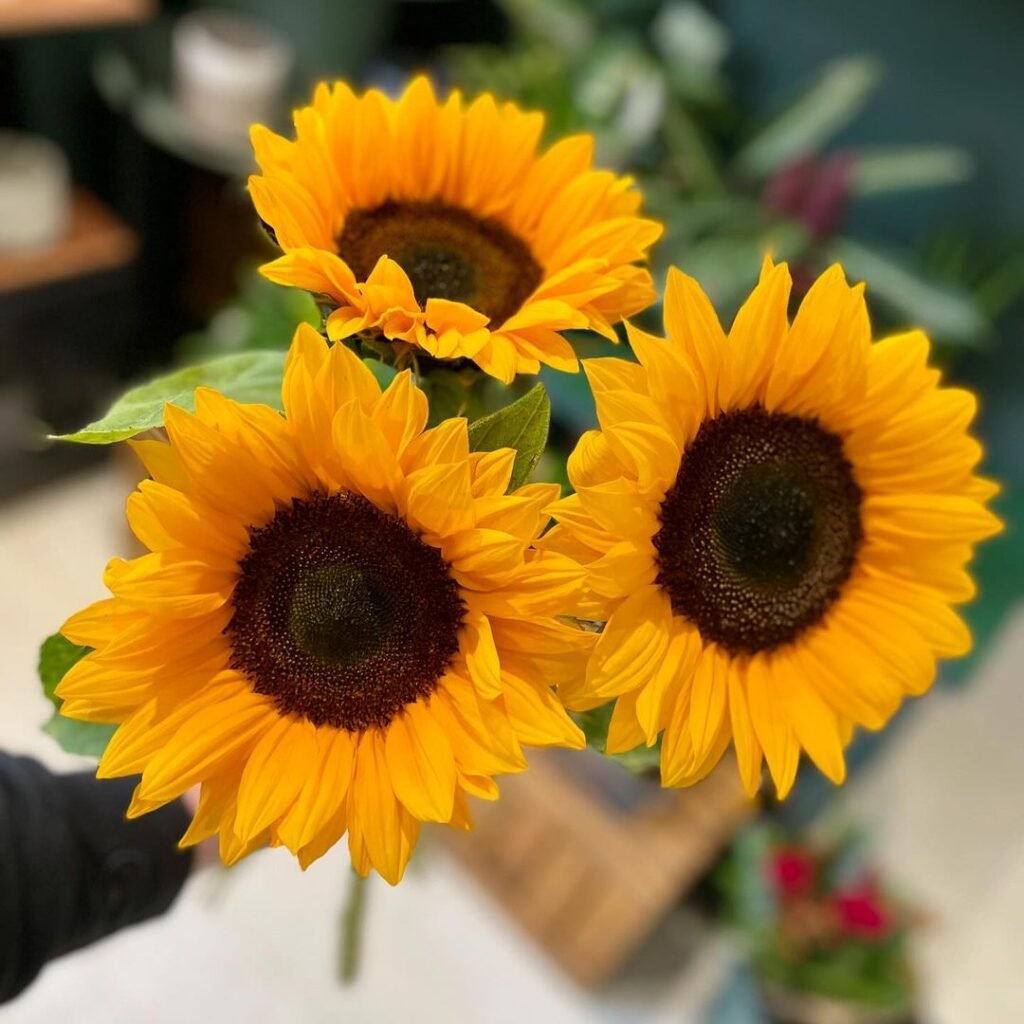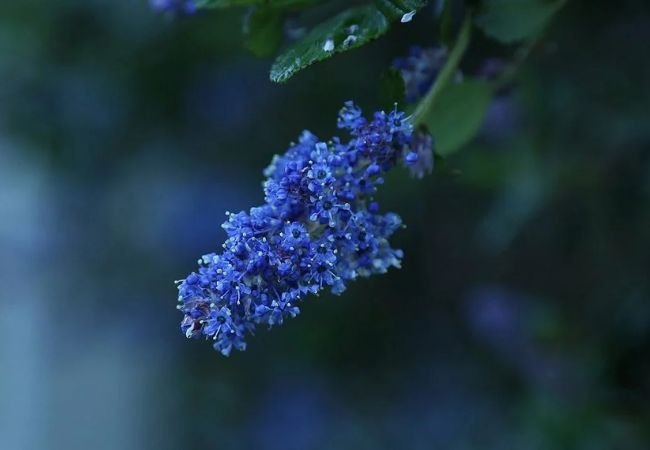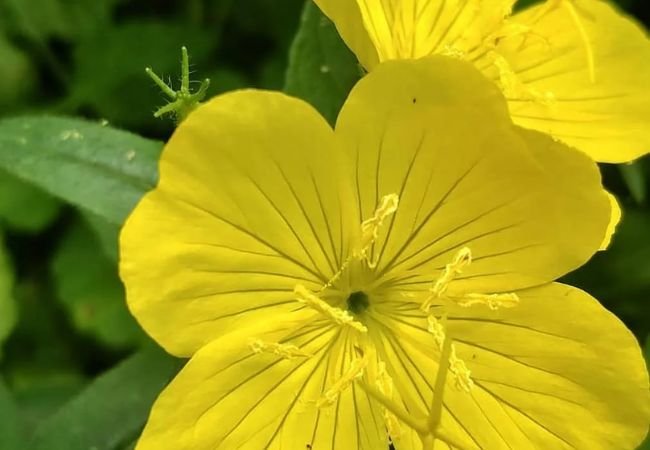Learn all about Helianthus Flowers, commonly known as sunflowers. Discover how to grow them, their uses and interesting facts in this easy-to-understand guide for US gardeners and nature enthusiasts.
Sunflowers, or Helianthus, are bright, cheerful flowers that many people love. They’re easy to grow and have many uses. This article will tell you all about sunflowers and how to grow them in your garden.
Here’s an easy and verified chart for Helianthus (Sunflowers):
| Category | Details |
|---|---|
| Botanical Name | Helianthus spp. |
| Common Name | Sunflower |
| Plant Type | Annual or perennial (depending on species) |
| Hardiness Zone | Zones 4-9 (depending on species) |
| Sun Exposure | Full sun |
| Soil Type | Well-draining, fertile soil |
| Watering Needs | Average; drought tolerant once established |
| Growth Habit | Upright, tall |
| Height/Spread | 2-12 feet tall, spread of 1-3 feet |
| Special Features | Large, daisy-like flowers with yellow or orange petals and dark centers; blooms in summer; attracts pollinators like bees and birds; deer resistant; commonly used for cut flowers and in garden borders |
What are Helianthus Flowers?

Helianthus is the scientific name for sunflowers. These flowers are native to North America. They’re known for their big, yellow blooms that look like the sun. The USDA Plants Database provides more information about different Helianthus species.
Types of Sunflowers
There are many kinds of sunflowers:
- Common sunflower (Helianthus annuus)
- Jerusalem artichoke (Helianthus tuberosus)
- Maximilian sunflower (Helianthus maximiliani)
- Beach sunflower (Helianthus debilis)
Each type has its own special features. Some are tall, others are short. Some have one big flower, while others have many small flowers.
Growing Sunflowers
Sunflowers are easy to grow. Here’s how:
Planting:
- Plant seeds in spring after the last frost.
- Choose a sunny spot in your garden.
- Plant seeds 1 inch deep and 6 inches apart.
Care:
- Water regularly, especially when the plants are young.
- Sunflowers don’t need much fertilizer, but you can add some if the soil is poor.
- Tall varieties might need stakes for support.
Pests and Problems:
- Watch out for birds eating the seeds.
- Check for diseases like rust or mildew.
The Cooperative Extension System offers gardening advice for different regions of the USA.
Uses of Sunflowers
Sunflowers are useful in many ways:
- Gardens: They make great border plants and attract bees and butterflies.
- Food: Sunflower seeds are healthy snacks. Sunflower oil is used for cooking.
- Bird feed: Many birds love sunflower seeds.
- Art: Sunflowers are popular in paintings and photographs.
The National Sunflower Association has more information about sunflower products and uses.
Sunflowers in American Culture
Sunflowers are important in American history and culture:
- Native Americans grew sunflowers for food and oil.
- Sunflowers are the state flower of Kansas.
- They’re often used in American folk art.
The Smithsonian Gardens sometimes features exhibits about the cultural importance of sunflowers.
Fun Facts About Sunflowers
- Sunflowers can grow very tall. The record is over 30 feet!
- Young sunflowers turn to face the sun as it moves across the sky.
- Sunflowers are used to clean up soil pollution in a process called phytoremediation.
- A sunflower head is made up of many tiny flowers.
Growing Sunflowers in Different US Regions
Sunflowers can grow in most parts of the USA, but they need different care in different places:
- Northeast: Plant after the last spring frost. Choose shorter varieties if you have strong winds.
- Southeast: Plant early to avoid the hottest part of summer. Watch out for humid weather that can cause fungal diseases.
- Midwest: Sunflowers do well here. They can handle hot summers and cold winters.
- Southwest: Plant sunflowers that don’t need much water. Give them some shade in very hot areas.
- Northwest: Choose varieties that do well in cooler weather.
Check the USDA Plant Hardiness Zone Map to find the best plants for your area.
Sunflowers are wonderful plants that are easy to grow and fun to watch. Whether you want to grow them for their beauty, for food or to help wildlife, sunflowers are a great choice for any garden. With a little care, you can enjoy these cheerful flowers all summer long.
Remember, gardening is about trying new things and learning as you go. Don’t worry if your first try isn’t perfect. Each year, you’ll get better at growing these amazing flowers.
For more gardening tips and plant care guides, visit usagardenhub.com.







3 Comments on “Helianthus : Growing & Enjoying America’s Favorite Sunflowers”